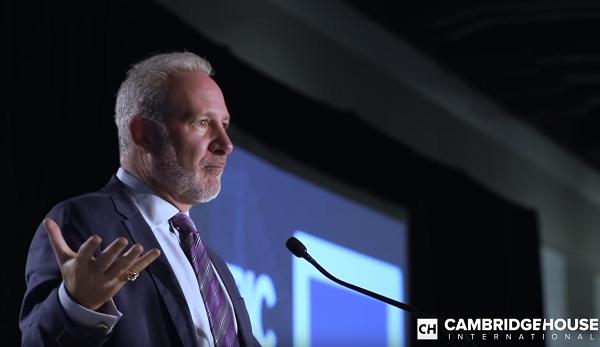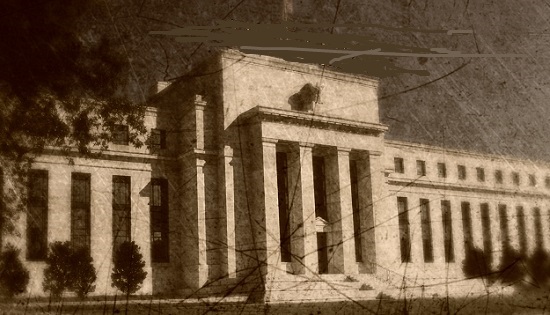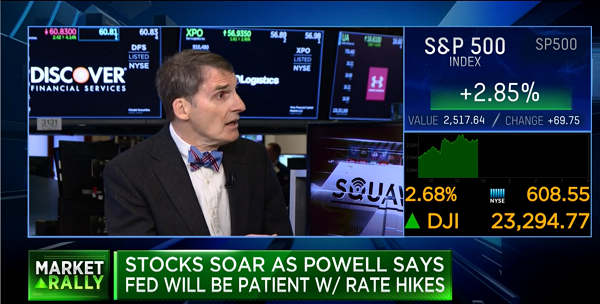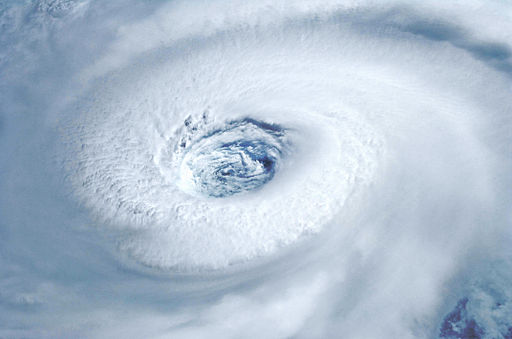Over the past 12 months, the US federal government has added $1.5 trillion to the national debt.
As of Jan 30, the debt stood just under the $22 trillion mark at $21.97 trillion, according to the latest Treasury Department data. As WolfStreet put it, we’re seeing these rapidly increasing levels of debt during “good times when the economy is hopping. At the next recession, this is going to get cute.”
But even as the US added to its debt load, foreign holders of US Treasurys are gradually selling them off. So, who’s buying up all of this debt? And is it sustainable?
During his keynote speech at the Vancouver Resource Investment Conference, Peter Schiff said we are at the beginning of the end.
The Fed appears to have paused interest rate hikes in order to save the stock market. The markets have reacted positively and a lot of analysts seem to think we’re out of the wood. But Peter traces the moves of the Federal Reserve all the way back to the first rate hike of December 2015 and shows how the central bank has put us on a path toward a financial crisis that will be bigger than 2008. Peter insists he’s been right about what would happen all along, it’s just taken us a little longer to get here than he expected.
The SchiffGold Friday Gold Wrap podcast combines a succinct summary of the week’s precious metals news coupled with thoughtful analysis. You can subscribe to the podcast on iTunes.
The Federal Reserve Open Market Committee met yesterday and held interest rates steady in the 2.25-2.50% range. This wasn’t really a surprise. More significantly, Fed Chair Jerome Powell kept up the dovish rhetoric, saying, “The case for rate increases has diminished. I would need to see a reason for further rate hikes that would have to include higher inflation.”
We’ve called this the Powell Put, and it appears it’s still solidly in play. But in his most recent podcast, Peter Schiff called it the “Powell Pause” and said it wasn’t going to be enough.
Stocks got a boost on Friday and gold rose 1.8% on further signs that the Federal Reserve is capitulating.
An article in the Wall Street Journal basically confirmed the Fed is now thinking about winding down its quantitative tightening program. As a CNBC headline put it, “The Fed may be moving closer to ending its rally-killing balance sheet reduction.” As Peter put it in a recent podcast, “The Federal Reserve is having to prematurely abort quantitative tightening, which is exactly what I said they were going to do before they shrunk the balance sheet by the first dollar.”
Not too long ago, it was on autopilot, they were just going to leave it alone and it was going to keep on going and then the market started to cave and then they change that to, well, we’re data dependent and now the market starts to go down a little bit more and all of a sudden we’re almost done. “
Here’s another sign that the air is coming out of housing bubble 2.0.
Existing home sales fell 10.3% year-on-year in December. Sales, including single-family houses, townhouses, condos, and co-ops, dropped to a seasonally adjusted annual rate of 4.99 million homes, according to the National Association of Realtors. This ranks as the biggest year-over-year drop since May 2011 — in the midst of Housing Bust 1.0.
US stock markets had a strong week last week. The Dow Jones capped it off gaining more than 300 points on Friday.
Optimism about a trade deal with China along with increasing expectations that the Federal Reserve will slow the pace of interest rate hikes buoyed the markets.
This has led many pundits to declare that the correction is over. Some have even declared its a new bull market. In his latest podcast, Peter Schiff said that’s not what’s happening at all. What we’re seeing is a typical bear market correction and a recession is right around the corner.
The SchiffGold Friday Gold Wrap podcast combines a succinct summary of the week’s precious metals news coupled with thoughtful analysis. You can subscribe to the podcast on iTunes.
The Federal Reserve bases its monetary policy decisions on where it thinks the economy is heading. The $64,000 question is how does it know? Or to put it another way, what makes us think a panel made up of a few economists and policy wonks can accurately predict the future and then make the “right” decisions?
During an interview on CNBC Squawk Ally, Jim Grant said we shouldn’t put this kind of faith in the Fed and that its monetary manipulations have created an environment of tremendous uncertainty.
I think people are too certain about things about which they should not be certain.”
Stock markets appear to have stabilized after a “December to remember.” But in his most recent podcast, Peter Schiff said we’re really just in the eye of a financial hurricane.
The selloff began after the September Fed rate hike. At the time, Peter called it the hike that broke the camel’s back. The market plunged in October and Wall Street ended up having its worst December since 1931. But over the last few weeks, things have calmed as we entered the eye of the storm.











